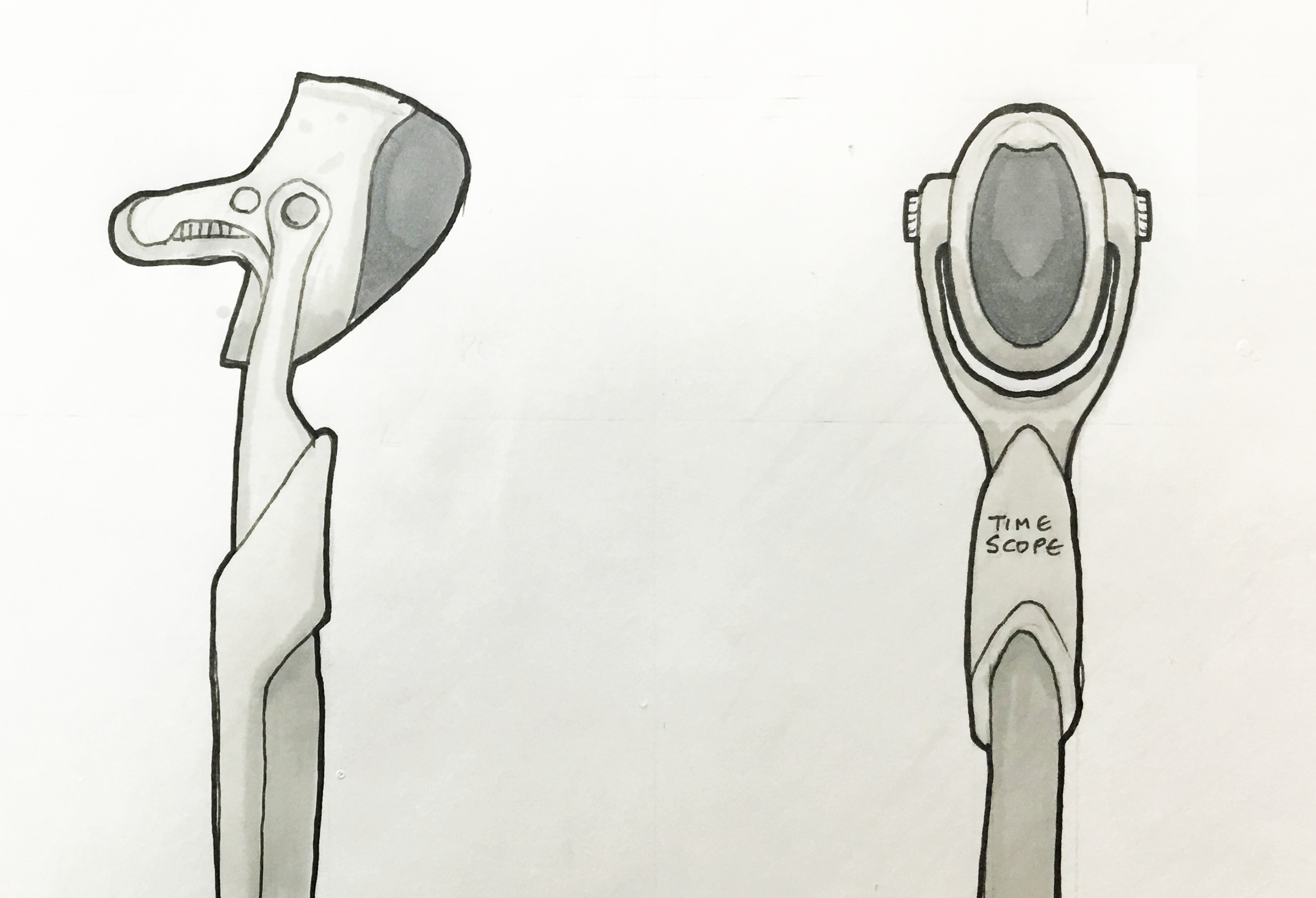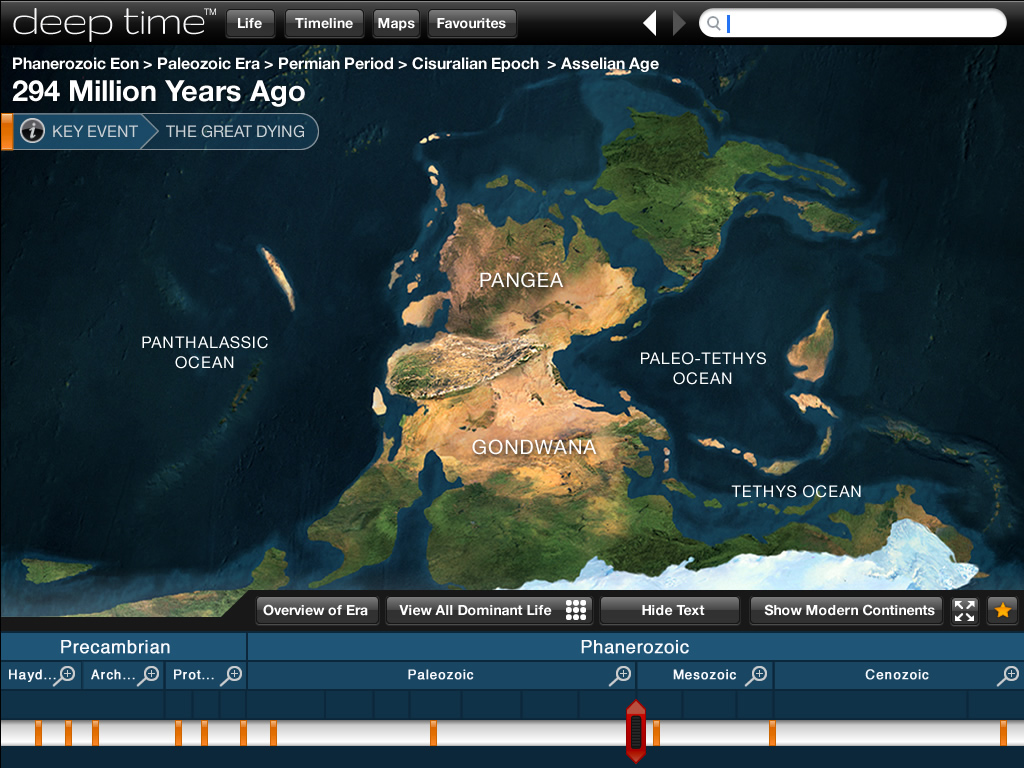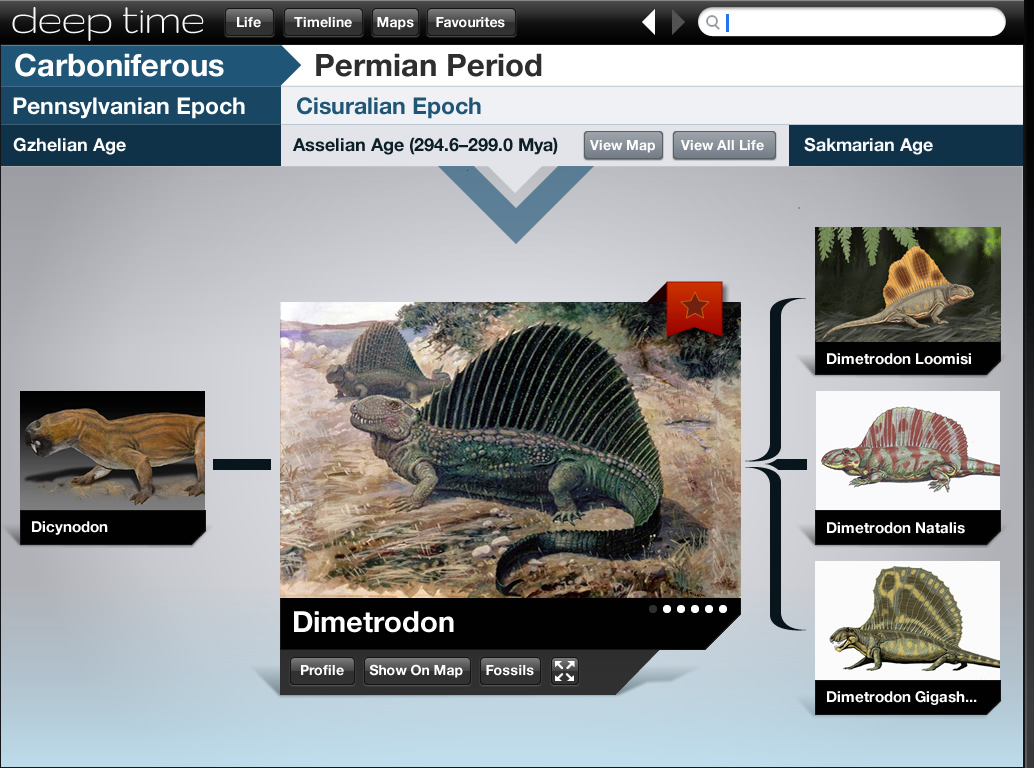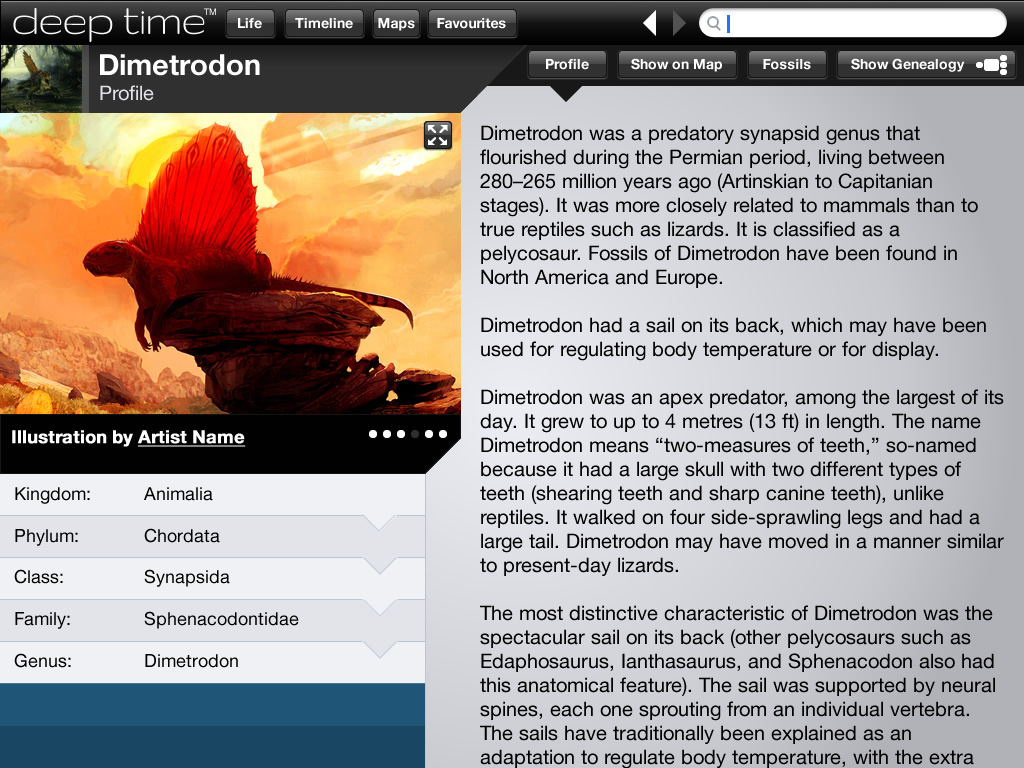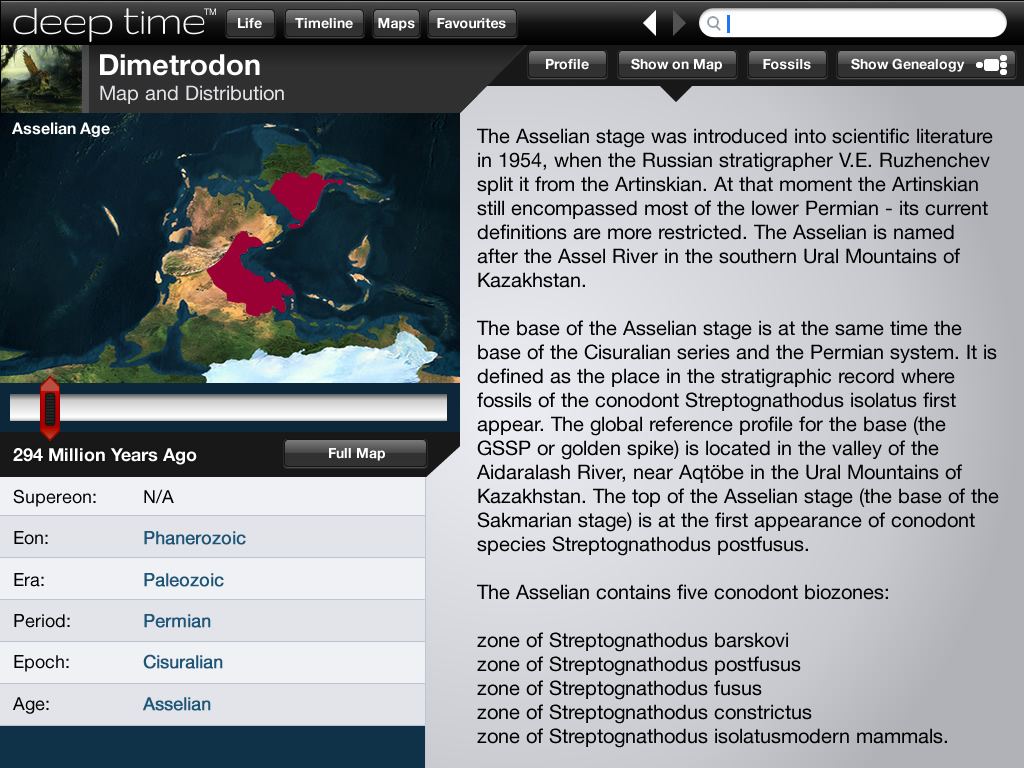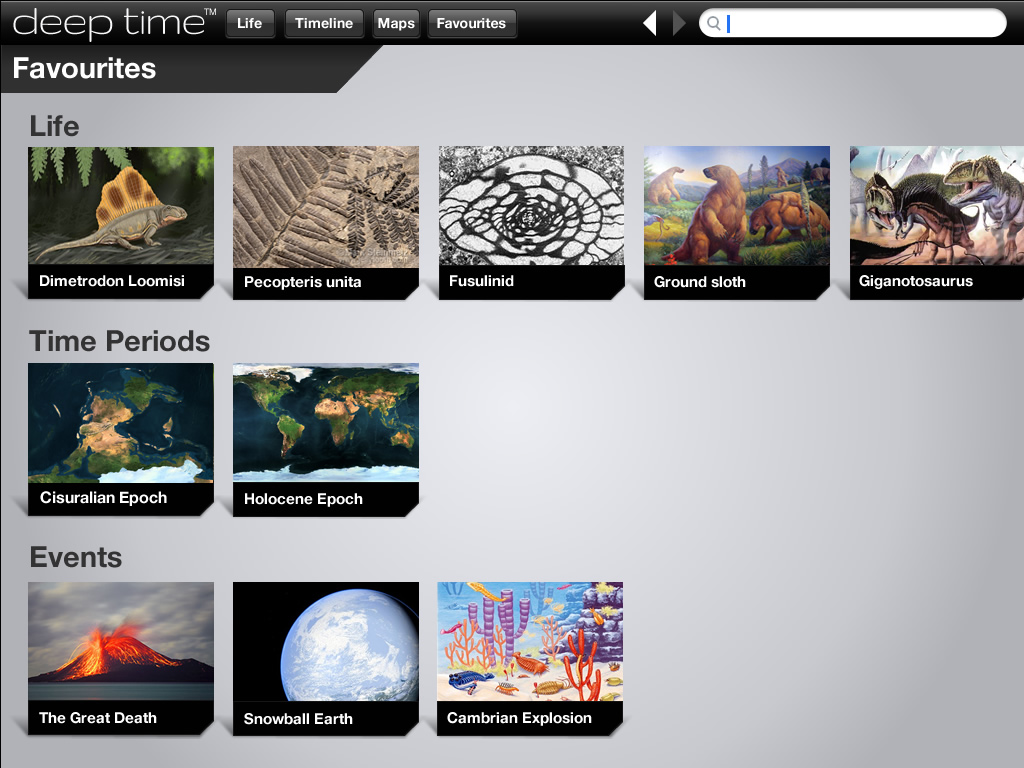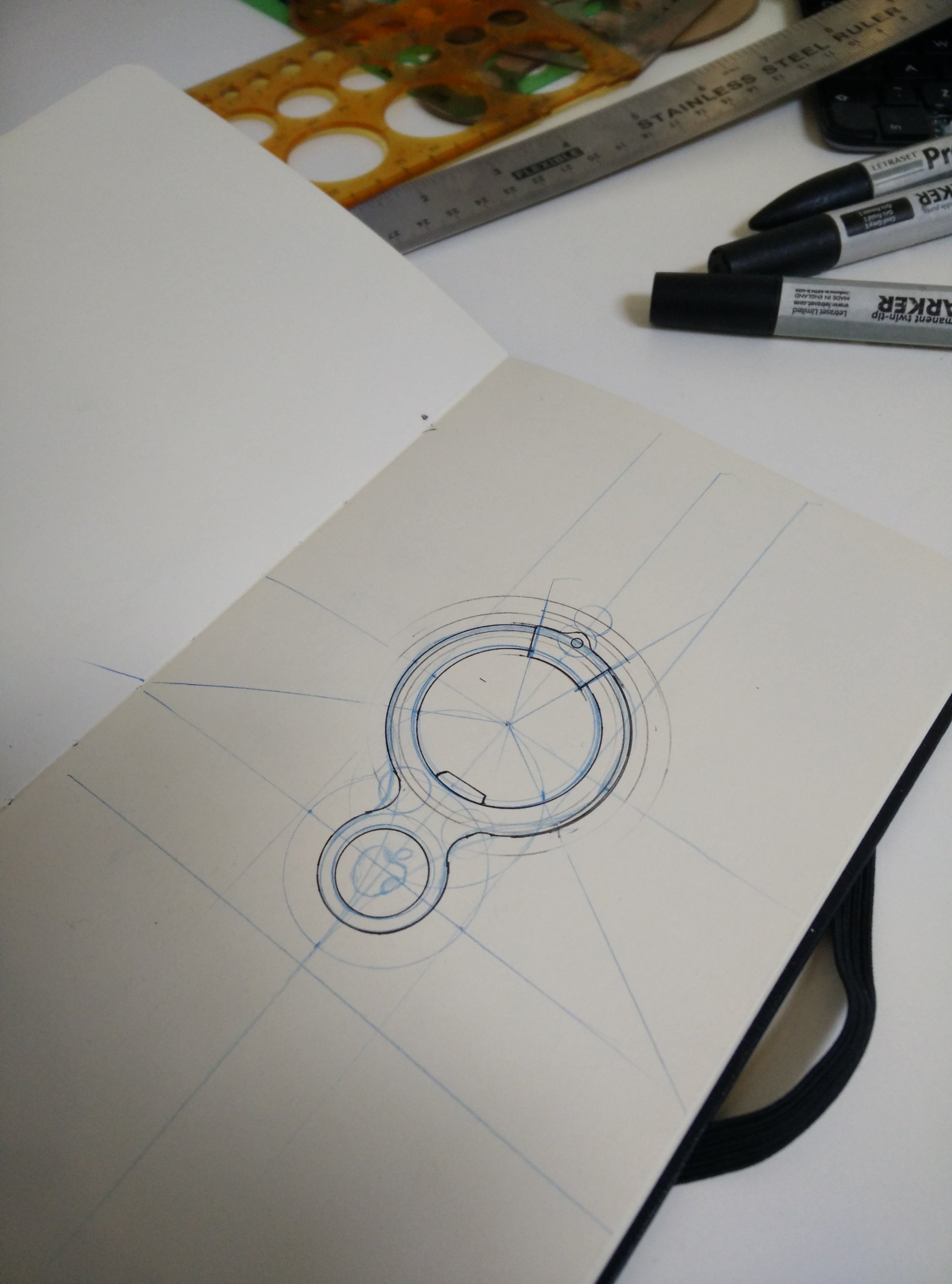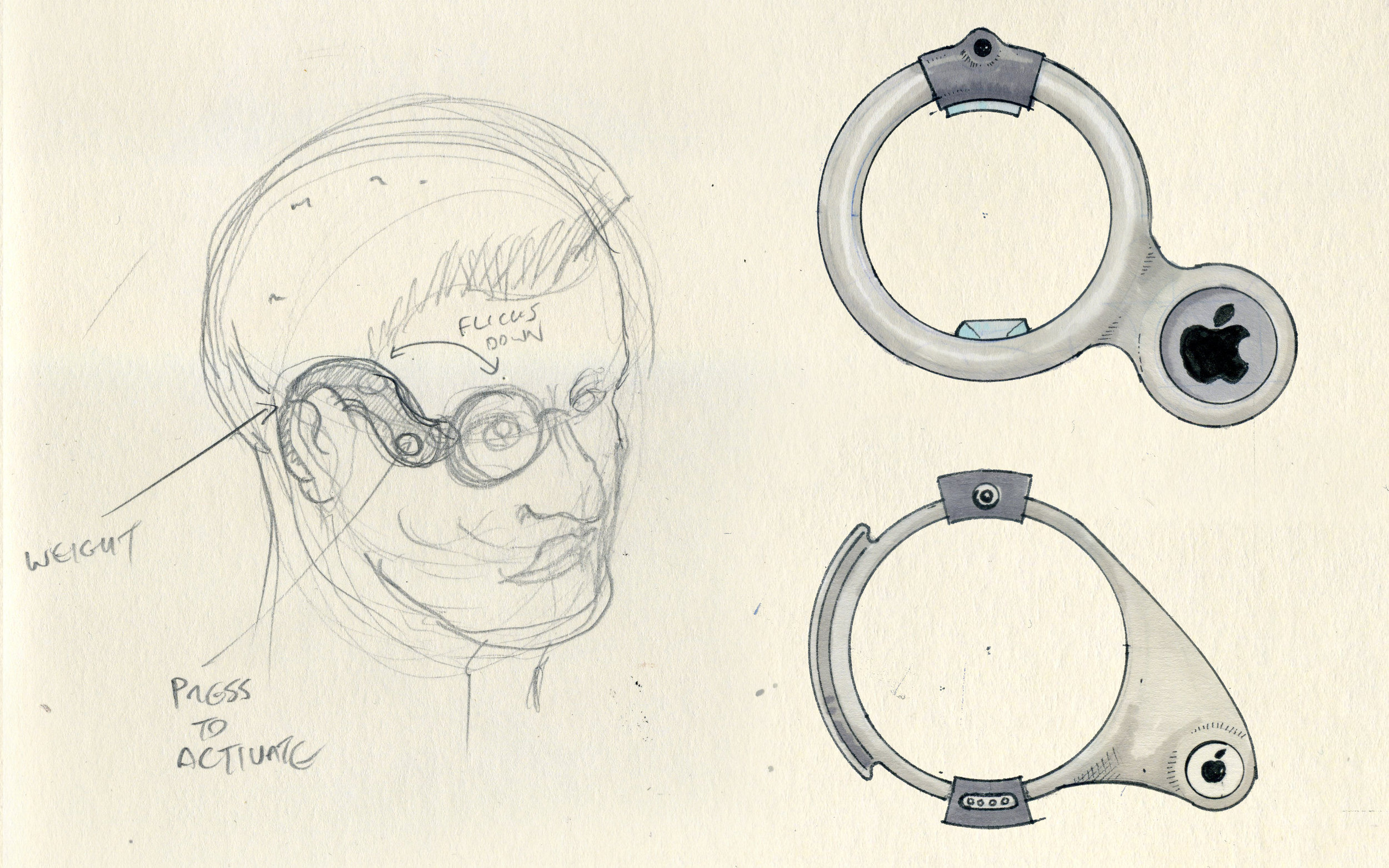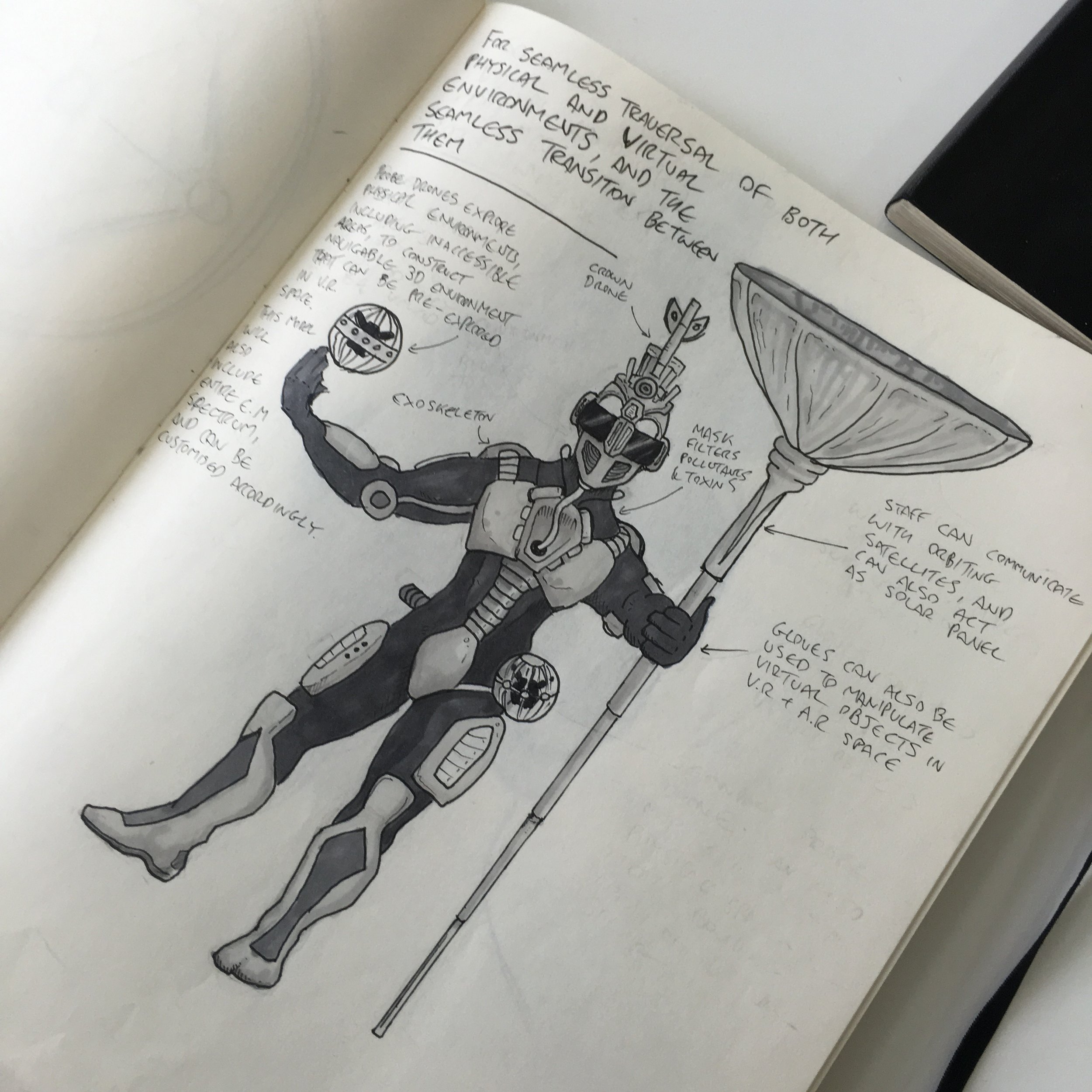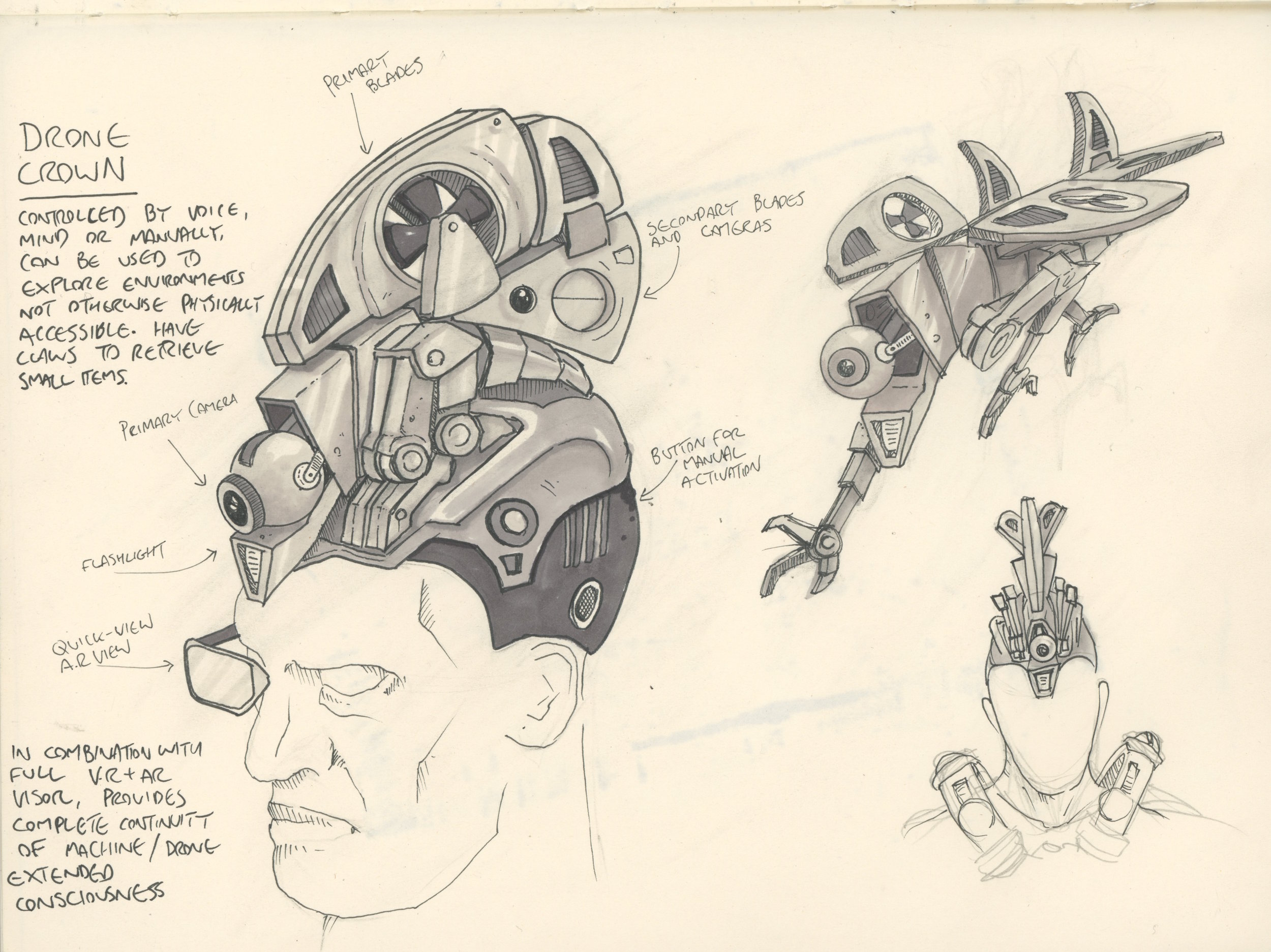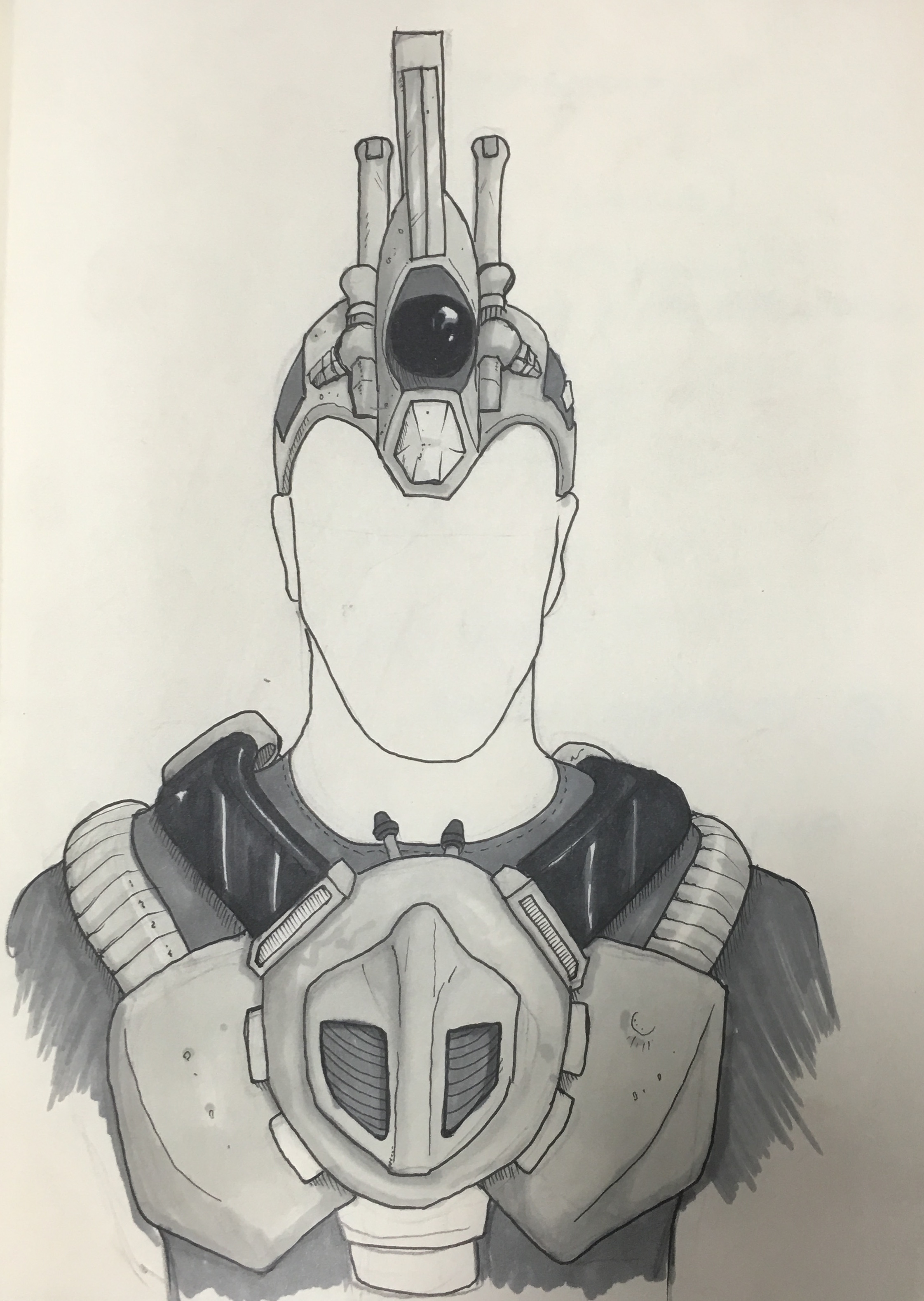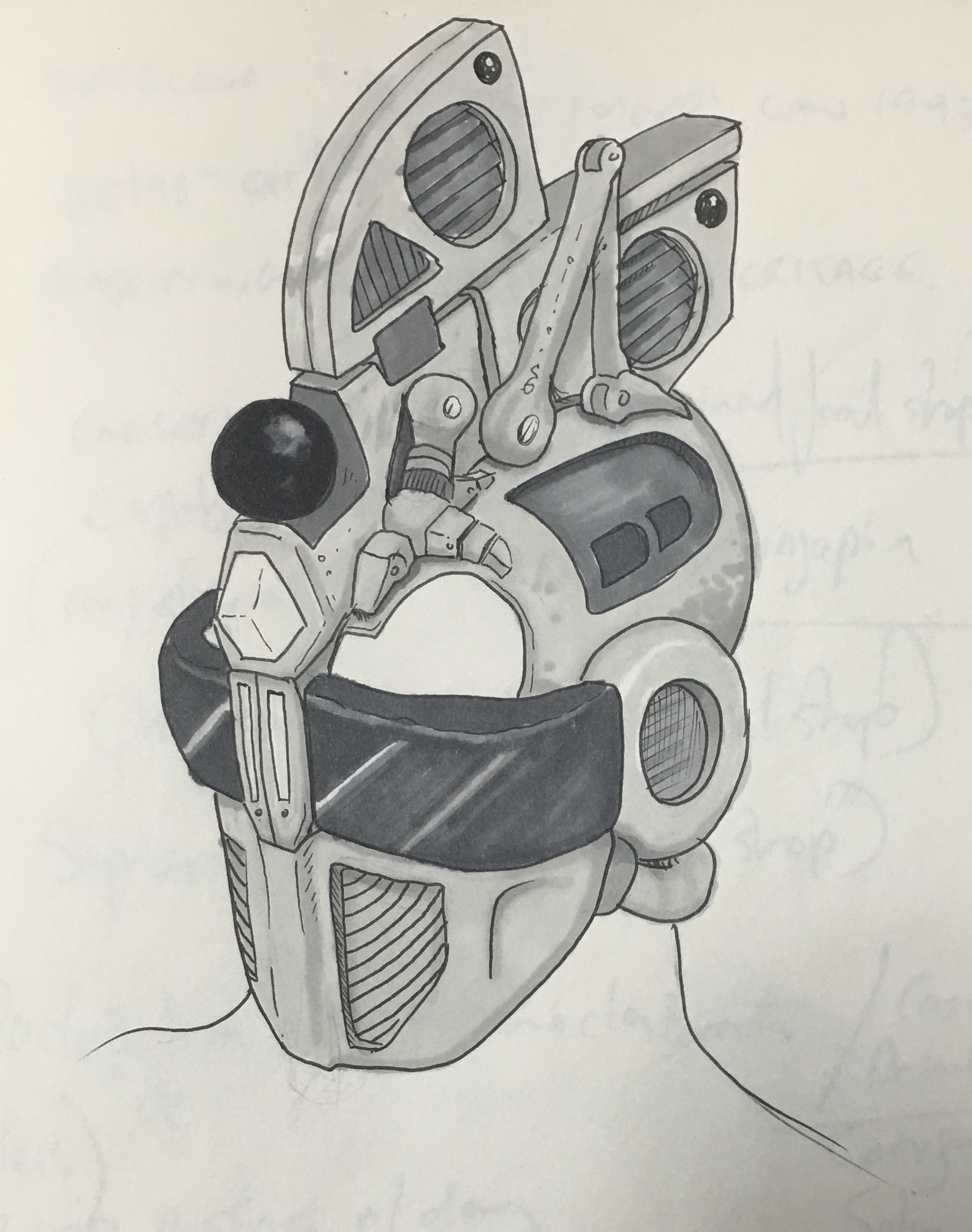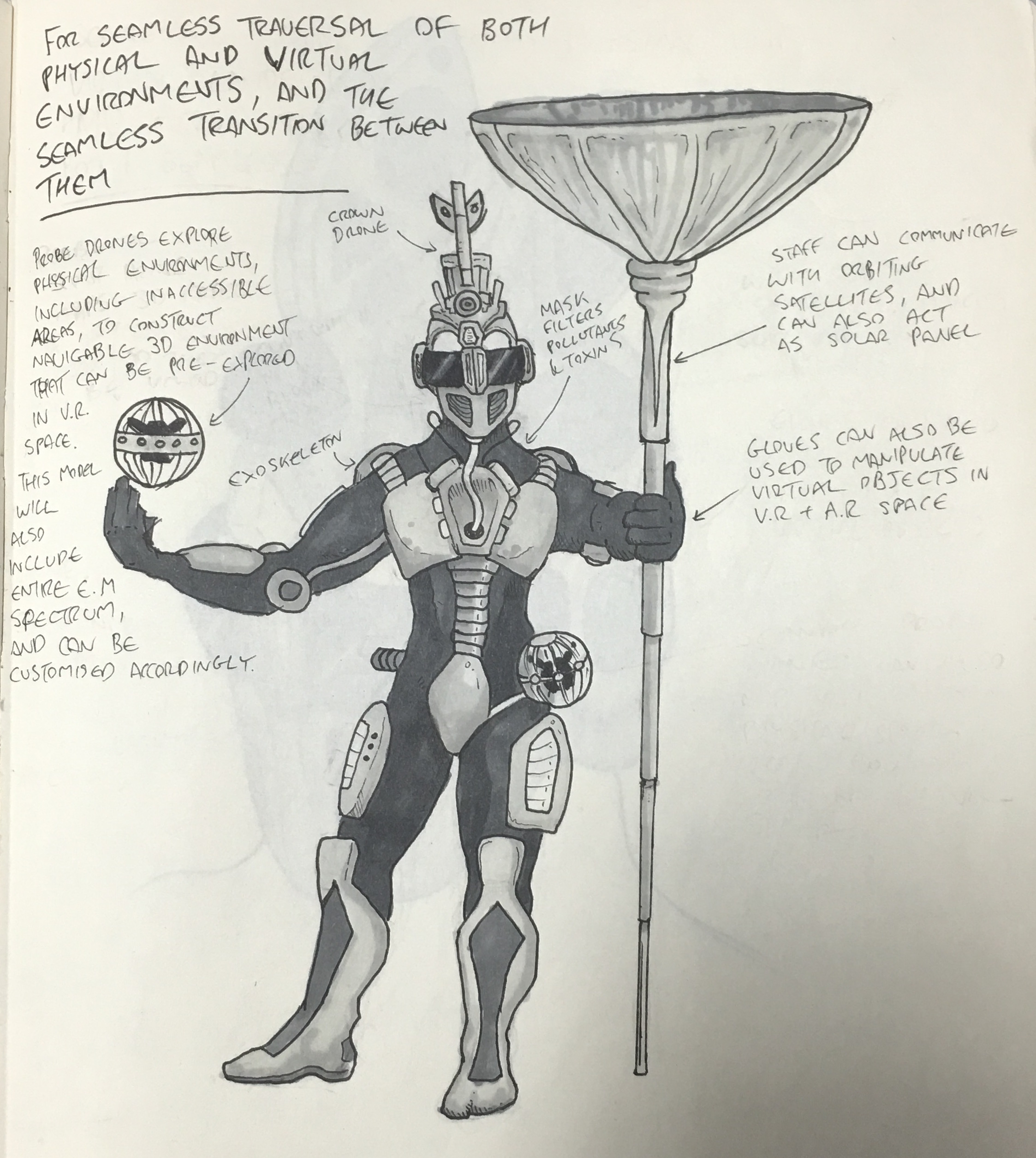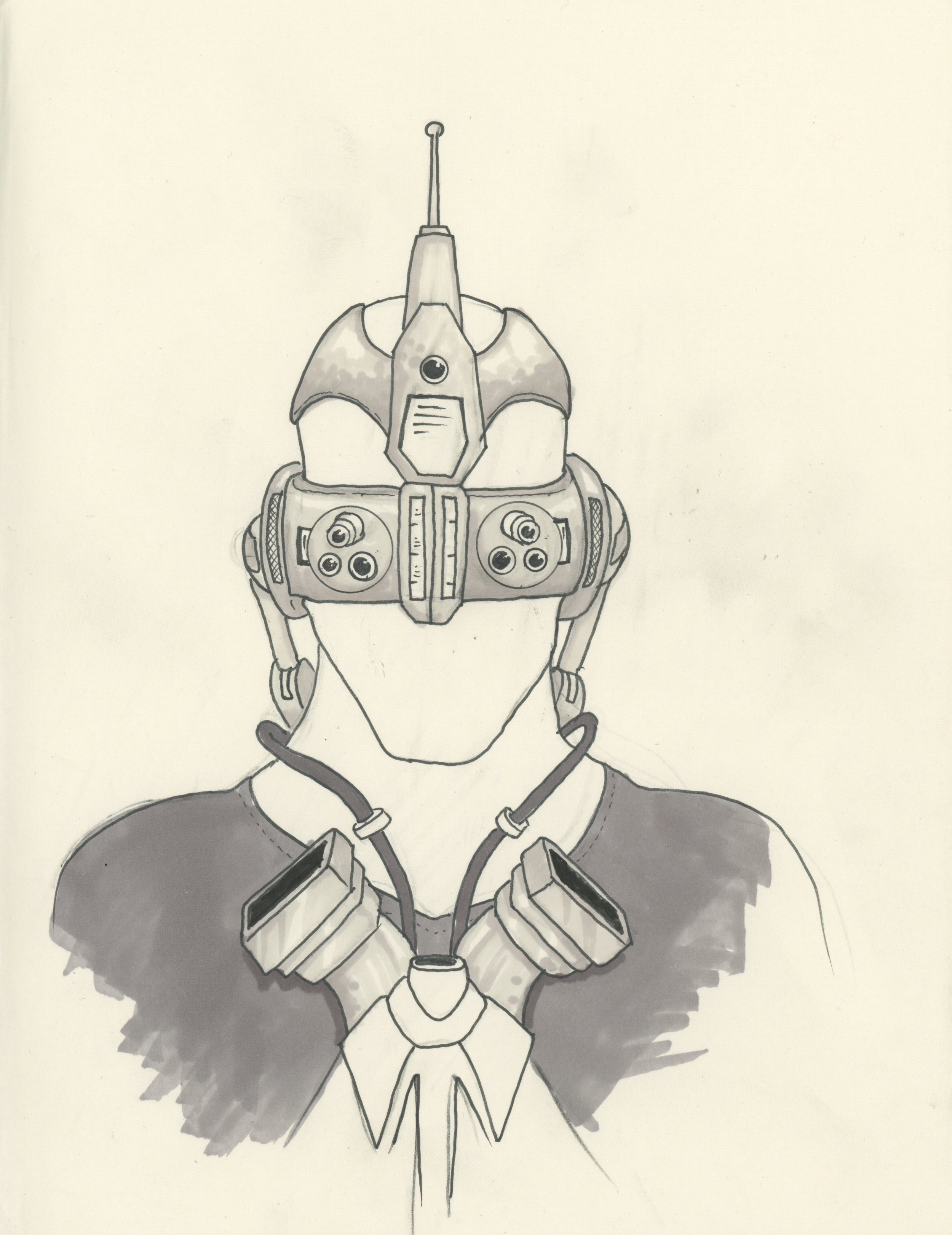These enjoyable thought experiments explore interesting ideas and projects that could be plausibly achieved with present day or near-future technologies. Here are a few.
Future You (2014)
Future you began with the twin quandaries of how to encourage people to save for retirement, and the inability to make accurate projections of future savings due to both compliance issues and inherent problems with the accuracy of long term predictions themselves. A primary challenge, backed by a not insignificant amount of research, is that people find difficulty in imagining themselves in the future, but artificially aged photos of themselves could alter that perception. Thus I came up with the idea of a big-data powered "Dorian Gray" style portrait of you - a photorealistic 3D model of you that has been aged and would sit on your table, or hang on your wall, and visually reflect what you would look like in the future based on your current behaviours and habits. Saving habits were a primary variable of course, as are location, diet and exercise linked via various wearable devices. Global trends would also feed into the algorithm.
Your environment in the portrait, such as whether you're sitting in a hovel or sitting on a cruise ship, your appearance, such as the clothes you're wearing and the complexion of your face, would all change day to day based on such factors, sometimes incredibly subtley - a few more liver spots here and there - sometimes dramatically. It would also have built in functions to allow you to send money to your future self there and then.
Compositionally it would resemble the structure of classic paintings and portraits, fed as it is by big-data and constructed by artificial intelligence based on these rules. Aesthetically, the image would flicker, glitch and fade, as if a dream, to communicate the great temporal distance between you and your future self. In 2015, I created a basic prototype in Final Cut Pro and Keynote using photos of my father.
TimeScope (2017)
Timescope was conceived of as a way to increase footfall and revenue for English Heritage. A great number of their properties in their estate are little more than rubble and of interest only to hardcore history aficionados. Timescope was conceived of as a pastiche of the iconic coin-operated binocular, but instead of viewing across space it viewed dioramas from past times of that precise location. Essentially it would be an on-site VR experience that would map scenes from that location to episodes from its past; a Roman villa in its past glory days, a medieval battle scene or village, a pagan ritual around stone circles, and so on. It would accept contactless payments as well as legacy payments of coins, as well as be integrated with an NFC enabled members card and integrated with the rest of the content and experience ecosystem. The user interface and audio branding wold be consistent with web, app and audio guide ecosystem. Content could be remotely updated, and the front cover could be removed by technicians for hardware upgrades as the technology improves.
Deep Time v.1.0 (2011)
Deep Time v1. was an ambitious plan to build an app that was to evolutionary history what Google Earth is to geography. Sketched at first around 2011 as a hypothetical "sci-fi" tool to navigate evolutionary history, friends in the startup community convinced me to try and bring it to life as an iPad app.
The goal was to build the definitive tool for organising, managing and interfacing with information about the remote past and the biological world; as a means for the lay audience to comprehend the theory of evolution, and a tool for the broader scientific community to manage this vast wealth of data behind it. The ultimate goal was to catalogue all life that exists, or has ever existed, and present it to a lay audience in a way that is easy to understand and instantly comprehensible. It got so far as discussions with ex-microsoft developers around taxonomies of the phylogenetic trees and early talks with researchers at University College Dublin.
Deep Time v2.0 (2017)

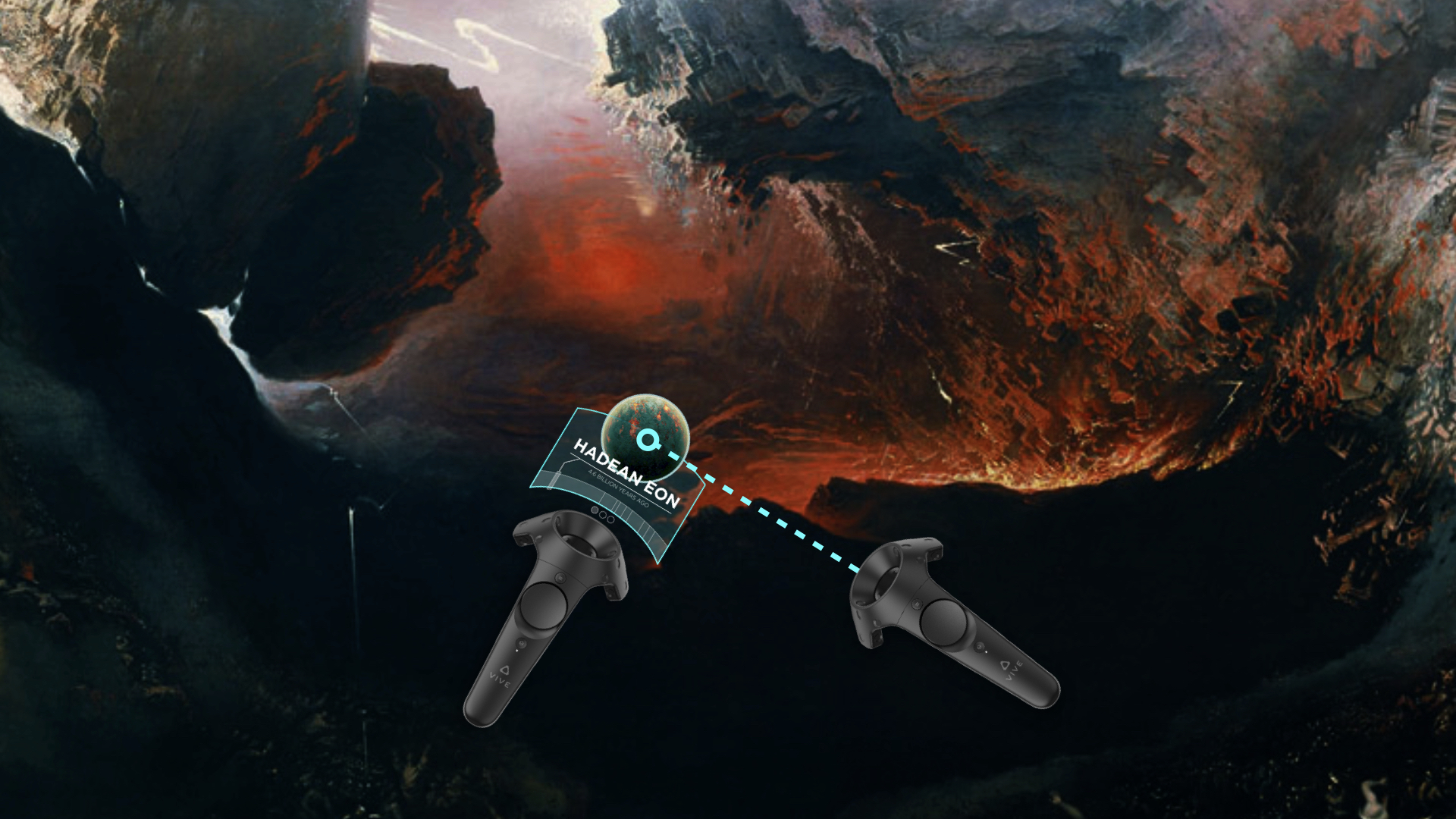
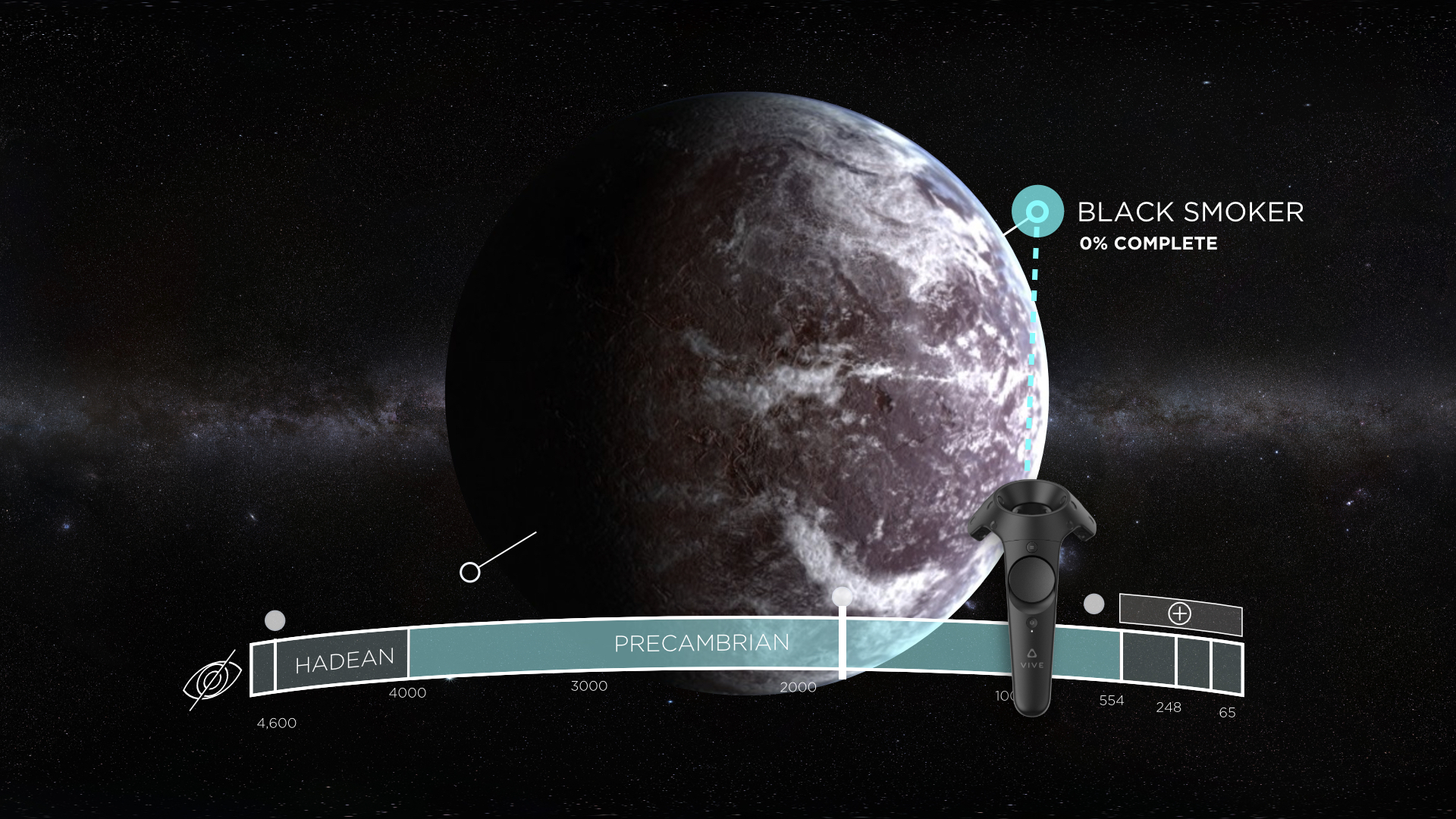
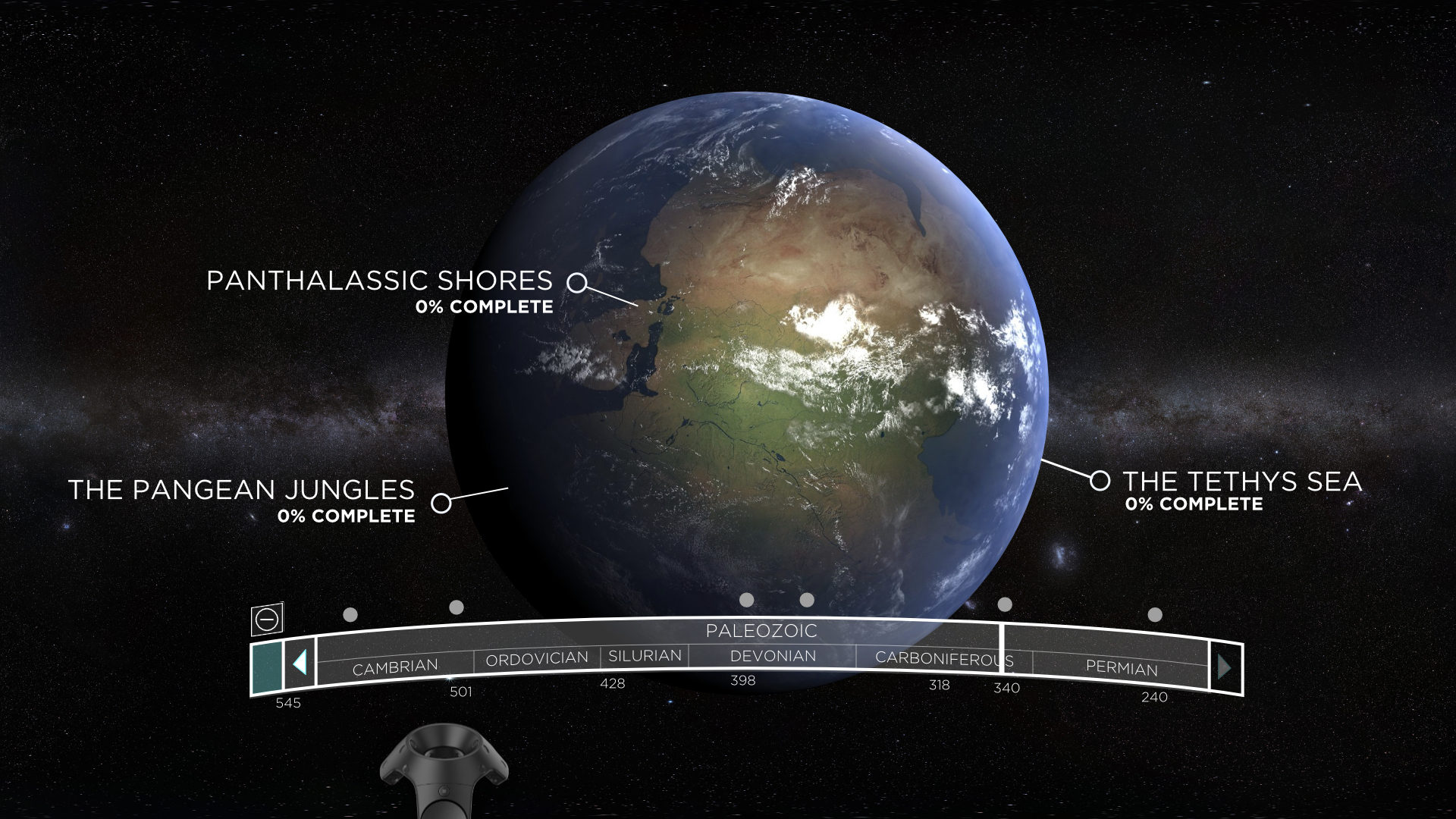

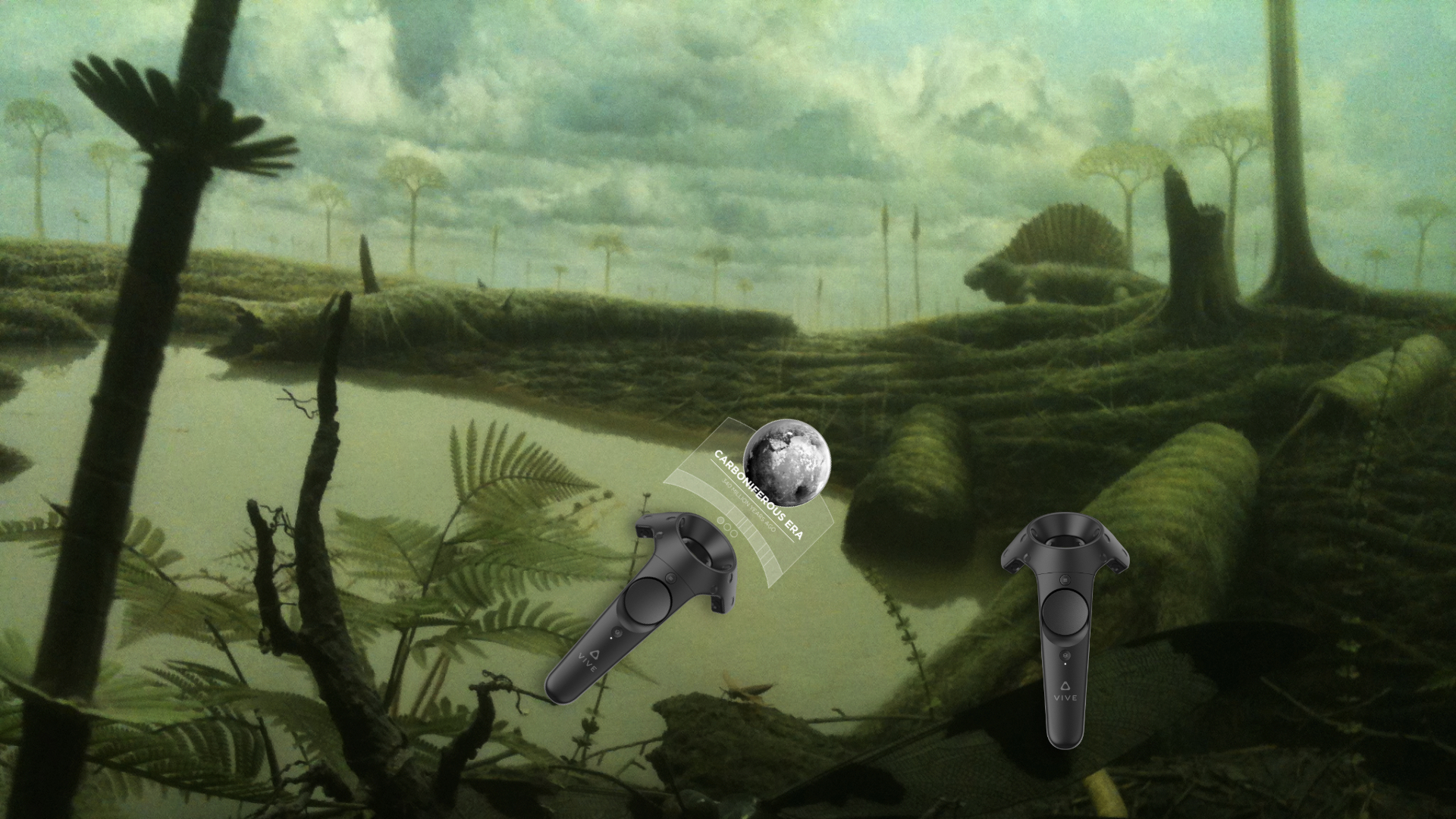



After spending some time exploring the various VR experience on the Oculus Rift and HTC Vive, it struck me that this may actually be the ideal medium to communicate the immensity of geological time and the epic grandeur of biological evolution. VR can give people a sense of presence unlike any other medium. When the true depth of geological time was first learned by intellectuals in the 19th century, it caused an kind of existential vertigo, however today "dinosaurs" have just become just another pop culture trope, like pokemon or horror movie icons and the deeper questions these beasts posed about our place in the cosmos has been forgotten.
Stylistically, it must be a million miles from photogenic millennials walking in slow-mo to jangly guitar music next to the Golden Gate Bridge. Instead, the music, ambiance and narration would take on a much more cinematic character. Each era (i.e. The Hadean, the Carboniferous) could come with its own musical score, from ambient background music to the soundtrack, in a similar manner to Holst's "The Planets". This more gamified version would see the user gradually unlock geological epochs and be encouraged to explore a set number of "arenas" where they would be compelled to look for new life-forms and see where they fit in the overall evolution of life. By the time the user gets to our own era, they will have a much deeper understanding of human activities given this new eon-long contextualisation.
Apple Monocle (2015)
Also called “Looking Glass” this project developed from a conversation with my old friend, Alex Macdonald on the future of augmented reality technologies. I thought it would be nice to sketch out and design what it may look like.
Traversal Suit (2015)
My friend and colleague Klaus Bravenboer was pondering the idea “Could you build something like a stillsuit from the book Dune using today’s technology to help people in hostile environments today?” After a chat, and him showing his initial sketches, I decided to explore the ideas in some more depth, with a particular focus on the combination of VR, AR and drones technologies working in unison to extend and protect the user’s consciousness beyond the constraints of the body. There was also a particular focus on “probe” drones to map 3D spaces to explore in VR before physical movement, and a “crown” drone launched from the head, to become the user’s eyes and hands in inaccessible places.


